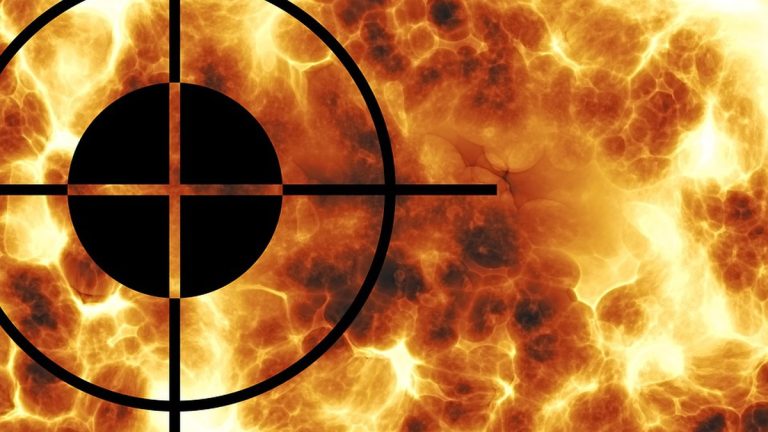Kursk Rocked by Drone Strikes, Raising Questions About Russian Ammunition Depot Vulnerability
Kursk, a city located near the Ukrainian border, found itself at the center of escalating tensions on Tuesday as reports emerged of a drone attack targeting a Russian ammunition depot. Andriy Kovalenko, head of the Center for Countering Disinformation of the National Security and Defense Council of Ukraine (NSDC), broke the news via his Telegram channel, stating that "unknown drones" had struck the facility. The incident follows earlier reports of "an attack by unknown UAVs on the city of Kursk," adding another layer of complexity to the ongoing conflict. While official confirmation and specific details remain elusive, the alleged attack underscores the increasing vulnerability of Russian military infrastructure within its own territory.
The attack, if confirmed, marks a significant development in the ongoing conflict between Russia and Ukraine. The use of drones to target ammunition depots deep within Russian territory demonstrates a potential shift in tactics, highlighting the expanding reach and capabilities of Ukrainian forces or their allies. Such strikes not only threaten vital military supplies but also carry symbolic weight, challenging Russia’s perceived security within its borders. The apparent success of the drone attack, regardless of its ultimate impact, raises serious questions about Russian air defense capabilities and the effectiveness of their measures to protect crucial military assets.
This latest incident comes amid reports of increasing cross-border attacks and escalating military activity in the region. Andriy Tsaplienko, a military correspondent, also reported on Telegram about a strike targeting military unit No. 35535 in the village of Klyukva, Kursk region, believed to house the 448th missile brigade. This brigade is alleged to be responsible for previous attacks on Sumy, Ukraine, utilizing Iskander missile systems. The timing and proximity of these reported strikes in Kursk raise questions about a potential coordinated effort and the broader strategic objectives behind these actions. However, as with the ammunition depot attack, details regarding the severity and overall impact on the military unit remain scarce.
The ambiguity surrounding these incidents further fuels the information war that has been a constant companion to the kinetic conflict. While Ukrainian officials point to these attacks as evidence of their growing ability to project power, Russian authorities have yet to offer official confirmation or detailed responses. This information vacuum allows for speculation and propaganda to flourish, making it challenging to ascertain the full extent of the damage and its strategic implications. The lack of independent verification also complicates efforts to hold any party accountable for specific actions, further blurring the lines of responsibility in this complex conflict.
The alleged attack on the ammunition depot in Kursk has far-reaching implications beyond the immediate tactical considerations. It demonstrates the growing vulnerability of military infrastructure to drone strikes, a threat that is becoming increasingly prevalent in modern warfare. The relatively low cost and high mobility of drones make them a potent tool for disrupting supply lines and undermining military capabilities. This incident could force Russia to re-evaluate its defense strategies and allocate more resources to protect its critical assets from these emerging threats. Moreover, the success of such attacks, whether carried out by Ukraine or other actors, could embolden similar actions in the future, potentially escalating the scope and intensity of the conflict.
The unfolding situation in Kursk underscores the dynamic and unpredictable nature of the conflict. As Ukraine continues to demonstrate its resourcefulness and adaptability, Russia finds itself facing new security challenges within its own borders. The alleged drone strikes, coupled with the reported attack on the military unit in Klyukva, signal a potential intensification of the conflict and raise concerns about the possibility of further escalation. In the absence of official confirmation and more detailed information, the true impact of these incidents remains uncertain. However, they serve as a stark reminder of the ongoing tensions and the potential for further violence in this volatile region. The international community will be watching closely as events unfold, hoping for a de-escalation of hostilities and a peaceful resolution to the conflict.


